As a proud owner of a 1916 Gibson F4 mandolin, I am looking at a suitable replacement for the Handel tuners that are currently installed on this instrument. The mandolin itself is in extremely good condition, but as so often, the tuners have seen better days. I have contacted a few people visiting this site over the last few months, either by Email or by conventional mail. I have even sent out CD-R with a short movie, depicting the extent of the problem. However, either I did not receive a reply at all or I was referred to someone else (mostly the former). I am now intending to replace the tuners alltogether. Has anyone here tried this and would Waverly tuners be suitable for this project? I am used to metric measurements and the specs that I have obtained from other websites are currenly of limited help to me. I have just ordered a 'fraction' string action gauge from Stewart McDonald, which will help me with my conversions. But just maybe there might be someone amongst you who have had the same problem and who bought and installed alternative tuners for everyday use on a 'Teen' Gibson F4. Any assistance and/or comments would be much appreciated. Thank you.






 Reply With Quote
Reply With Quote
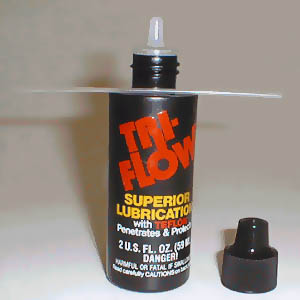
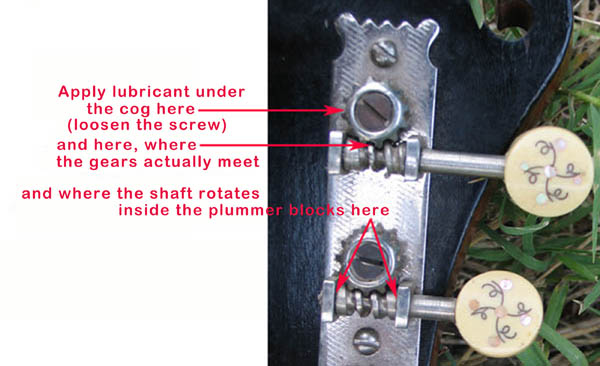
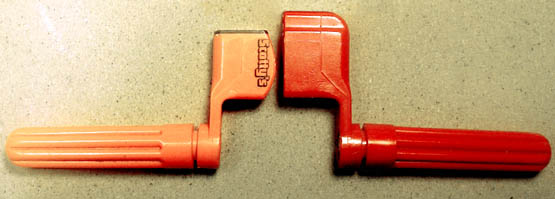
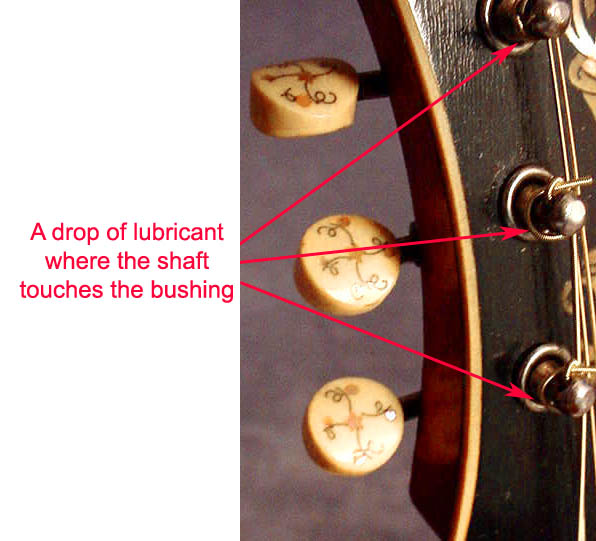




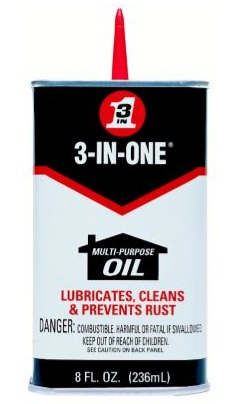



Bookmarks